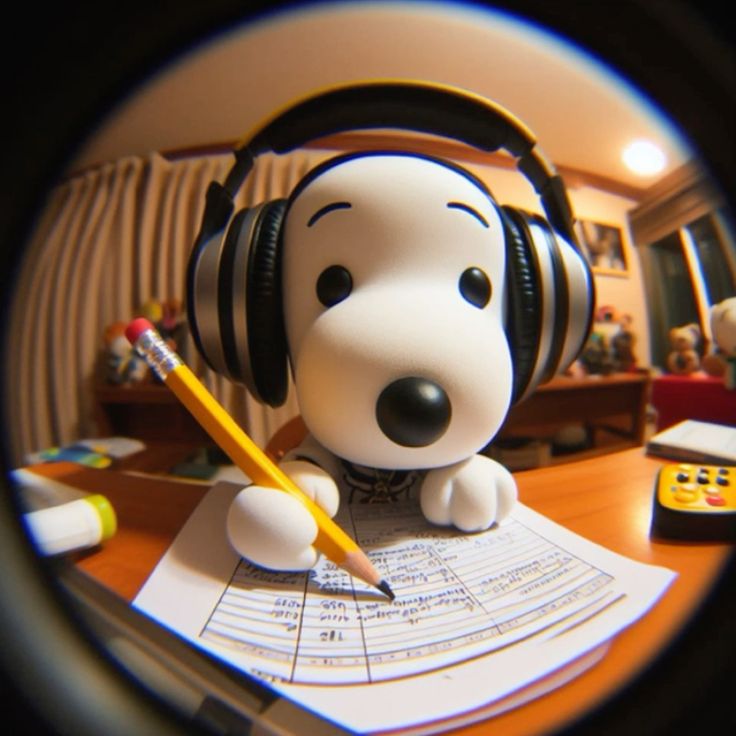mock
Cards (40)
- double circulatory system s made up of the heart, blood vessels and blood
- In a humans first circulatory system, the heart pumps deoxygenated blood to the gas exchange surfaces in the lungs to take in oxygem. The oxygenated blood then returns to the heart
- In the second circuit the heart pumps oxygenated blood around all the other organs of the body. The blood gives up its oxygen at the body cells and the deoxygenated blood returns to the heart to be pumped out to the lungs again
- Fish don't have a double circulatory system
- ADV - returning the blood to the heart after its picked up oxygen at the lungs means it can be pumped out around the body at a much higher pressure; increasing the rate of blood flow to the tissues (blood can be pumped around the body much faster) so more oxygen can be delivered to the cells. This is import for mammals because they use up alot of oxygen maintaining their body temperature
- Red blood cells are small and have a biconcave disc shape to give a large surface area to volume ratio for absorbing and releasing oxygen
- Red blood cells don't contain a nucleus - this frees up space for more haemoglobin, so they can carry more oxygen
- Red blood cellls are small and very flexinble so they can easilly pass though the tiny capillaries
- Red blood cells contain haemoglobin which is what gives the cell its colour and contains a lot of iron + in the lungs haemoglobin combines with oxygen to become oxyhaemoglobin. In body tissues, the reverse happens to release oxygen to the cells
- Arteries carry blood away from the heart and carries blood under pressure - The artery walls are strong and elastic in order to handle the high pressure of blood being pumped from the heart
- Artery walls are thick compared to the size of the lumen and they contain thick layers of muscle to make them strong and elastic fibres to allow them to stretch and spring back
- arteries branch into arterioles
- arterioles branch into capillaries
- Capillaries are involved in the exchange of materials at the tissues
- Capillaries carry blood really close to every cell in the body to exchange substances with them
- capillaries have permeable walls so substance can s=diffuse in and out
- capillaries supply food and oxygen and takes away waste like carbon dioxide
- Capillary walls are usually only one cell thick as this increases the rate of diffusion by decreasinng the distance over which it occurs
- Capillaries branch into venules
- Veins carry blood back to the heart
- Venules evetually join up to form veins
- The walls of the vein dont need to be as thick as artery walls as the blood is at a lower pressure in the viens
- Veins have a bigger lumen than arteries to help the blood flow despite the lower pressure
- Veins also have valves to prevent the backflow of blood and make sure it keeps flowing in the right directions
- The heart contains valves and when the ventricles contract, the valves to the atria close and the valves to the blood vessels open which prevents backflow of blood
- The four chambers are the right and left atria and ventricles
- 1)Blood flows into the two atria from the vena cava and the pulmonary vein
- 2) The atria contract, forcing the blood into the pulmonary artery and the aorta, and out of the heart
- The blood then flows to the organs through the artieries and returns through veins
- The atria fill again and the whole cycle starts over
- The heart is made up off cardiac muscle and they muscle cells contain lots of mitochondria to provide the cells with ATP
- The muscle cells need their own blood supply to deliver the nutrients and oxygen needed to keep the heart beating continually
- Plasma is mostly water - makes excellent use at dissolving and carrying a wide variety of substances
- Plasma carries antibodies - prteins involved in the body's immune response
- plasma carries hormones - chemical messengers
- Plasma carries urea from the liver to the kidneys where its removed in the urine
- Plasma carries carbon dioxide from the body cells to the lungs
- Plasma carries digested food products like glucose and amino acids from the gut to all around the body cells
- Plasma carries water
- Plasma carries red and white blood cells and platelets
